In a subtle uniform of a beige car coat, black tee, and tailored trouser, Alexander Fury does not seem like someone who has amassed one of the most impressive fashion collections of all time. But behind his serious face and warm Northern charm, the curator and critic keeps an outstanding collection of gems from John Galliano and Vivienne Westwood to Antony Price close at hand.
Fantastical and avant-garde, these pieces, dating from from the late ’90s to the mid 2010s, are all kept in pristine condition in his London home. They reflect their owner’s intense and intimidating know-how—and not solely about history, but for fashion details of any kind, really. He can, for instance, spot a runway look over its commercial counterpart at a mile’s distance and note the exact differences between the two should it not be as obvious.
As Fury leads me through the maze of his archive, I discover extraordinary creations. A foil-lined Galliano jacket from 1992 is made from wrappers of chocolate bars
which, as the story goes, were eaten by the atelier under the designer’s instructions in order to acquire enough material to use to line the coat. Indeed, Fury is an ardent collector of the extreme, the constructed, and the uncompromising. Exaggerated busts and proportions, anything elaborate and overtly feminine being the continuous theme. (I’m fairly certain he possesses far more Westwood corsets than should be publicly known.)
He is a firm believer in the garment as a gesamtkunstwerk (“a total work of art”), a collector whose archive is the stuff of stylist and fashion editors’ dreams. He was
once serenaded by the late Azzedine Alaïa—“Big Spender” by Peggy Lee—and is someone who doesn’t “wear” his couture but tries it on for photos. “Some people have a house, or medical insurance, or a pension,” he once mused. “I have these... piles of saddlebags. Schiaparelli and Chanel jewelry. Balenciaga boots! Prada chandelier shoes. Financial ruin.”
Having spent a fair amount of time diving into his treasures whilst working on my book, Collecting Fashion, I know firsthand that Fury’s fascination is a childhood fantasy come true. With a near-photographic memory, he can still recall the first Galliano dress he fell in love with growing up in Sunderland, a small town in Northern England, studying his mother’s fashion magazines. Steal him for a moment’s chat today, and he can tell you vividly with frightening precision how each dress was first shown on the runway and who wore it, recalling the most impressive details of fashion shows.
This search for authenticity and meaning is what drives him as he grows his anthology of some 3,000 couture pieces and rare accessories. Apart from sourcing, Fury’s greatest satisfaction comes from the moment when he turns his treasures inside out to study the blueprints of his heroes. “Few things today speak to me the way an original Alaïa or Westwood does—the construction, the weight of the fabric,” he says, always opting for vintage and archive over contemporary interpretations or so-called archive re-editions. “I don’t want the photocopy, the re-issue. I don’t see the point,” he adds of fashion’s current commercial tendency. “It’s not the dream-piece fantasy you originally fell in love with, and, ultimately, it loses its uniqueness.”
Just like the legends he is devoted to, there are no concessions in Fury’s collection. Each work is analyzed, vetted, and extremely considered. I’ve always believed clothes should be kept and cherished by the people who can protect them, and Fury is certainly one of these guardians.





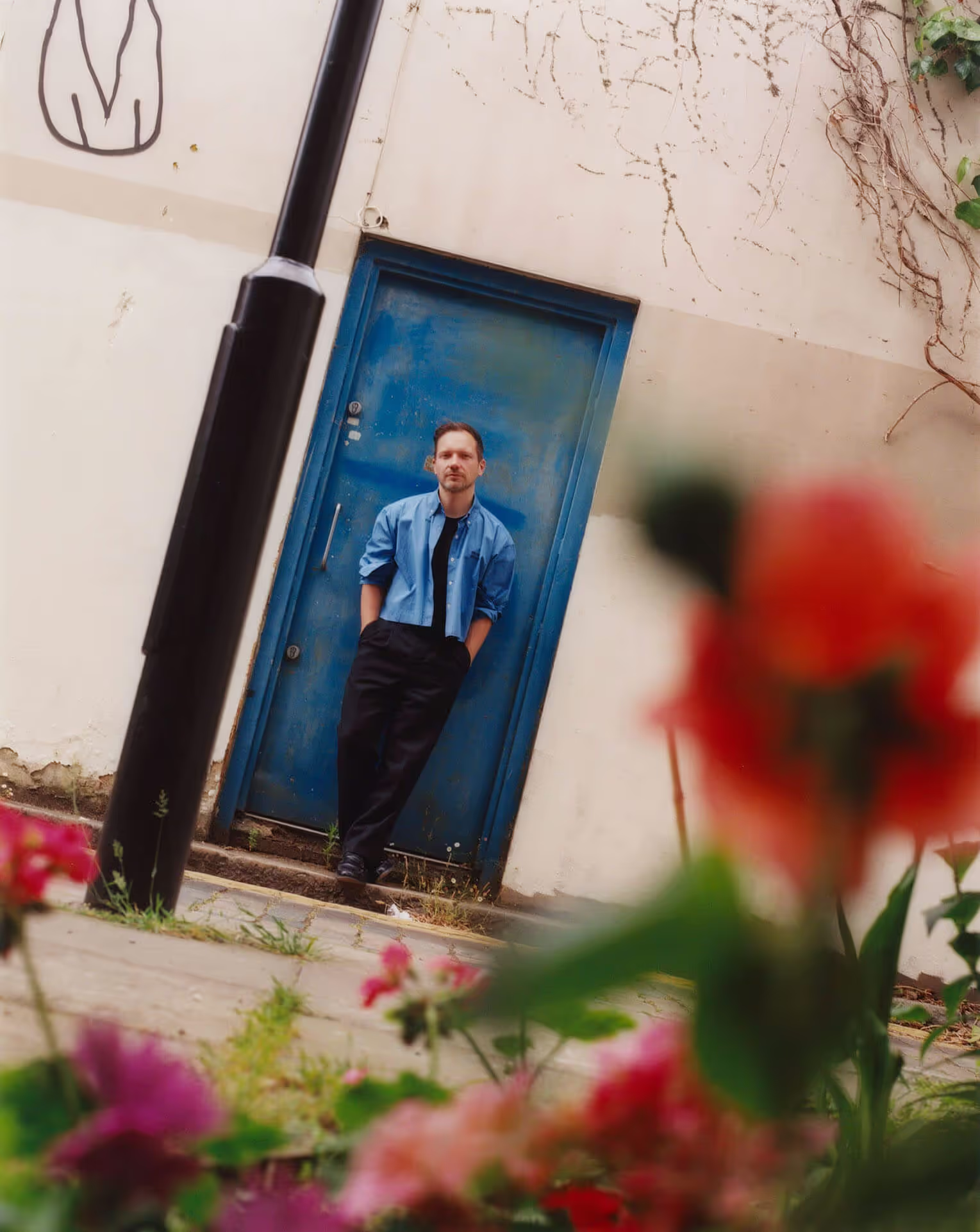
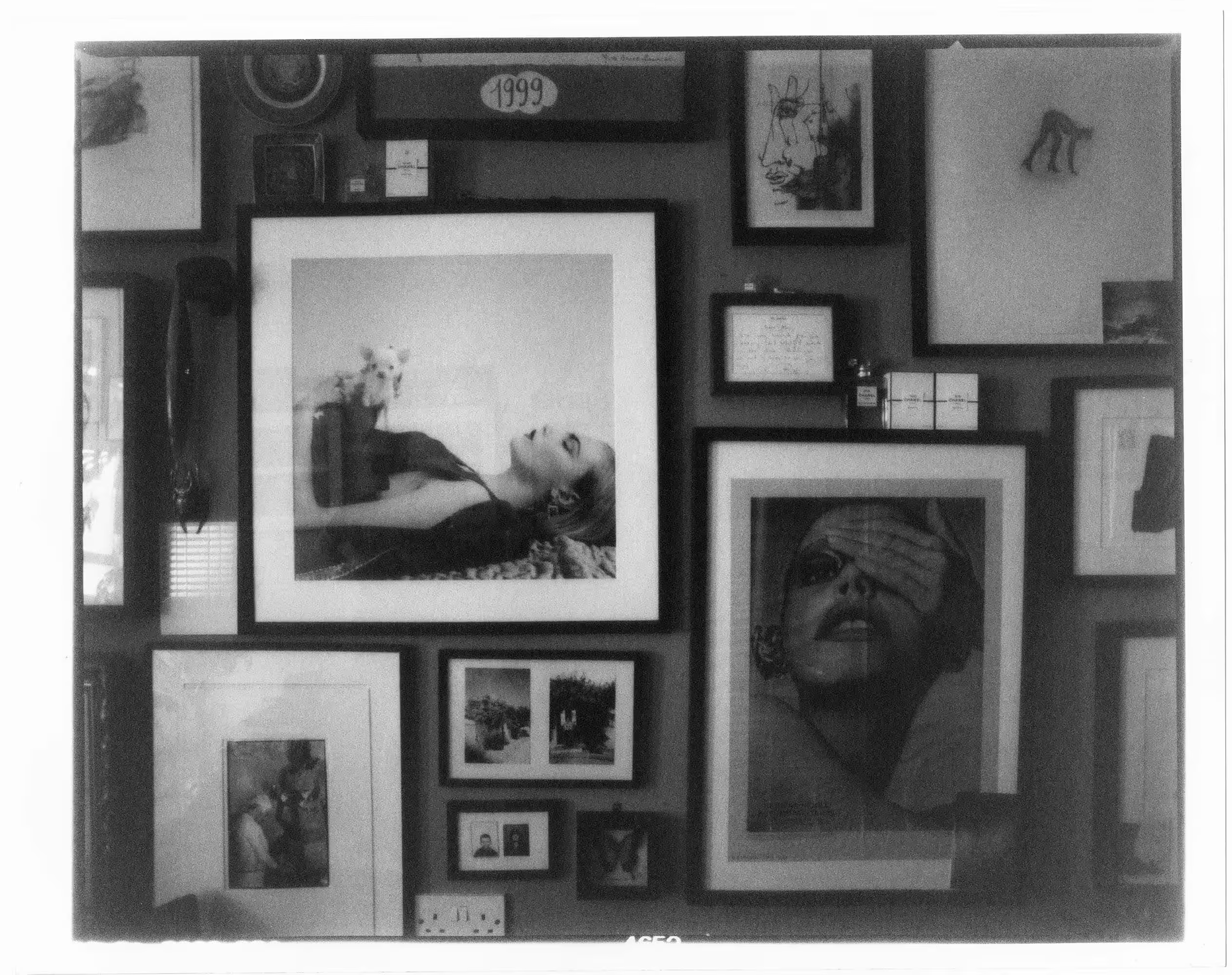
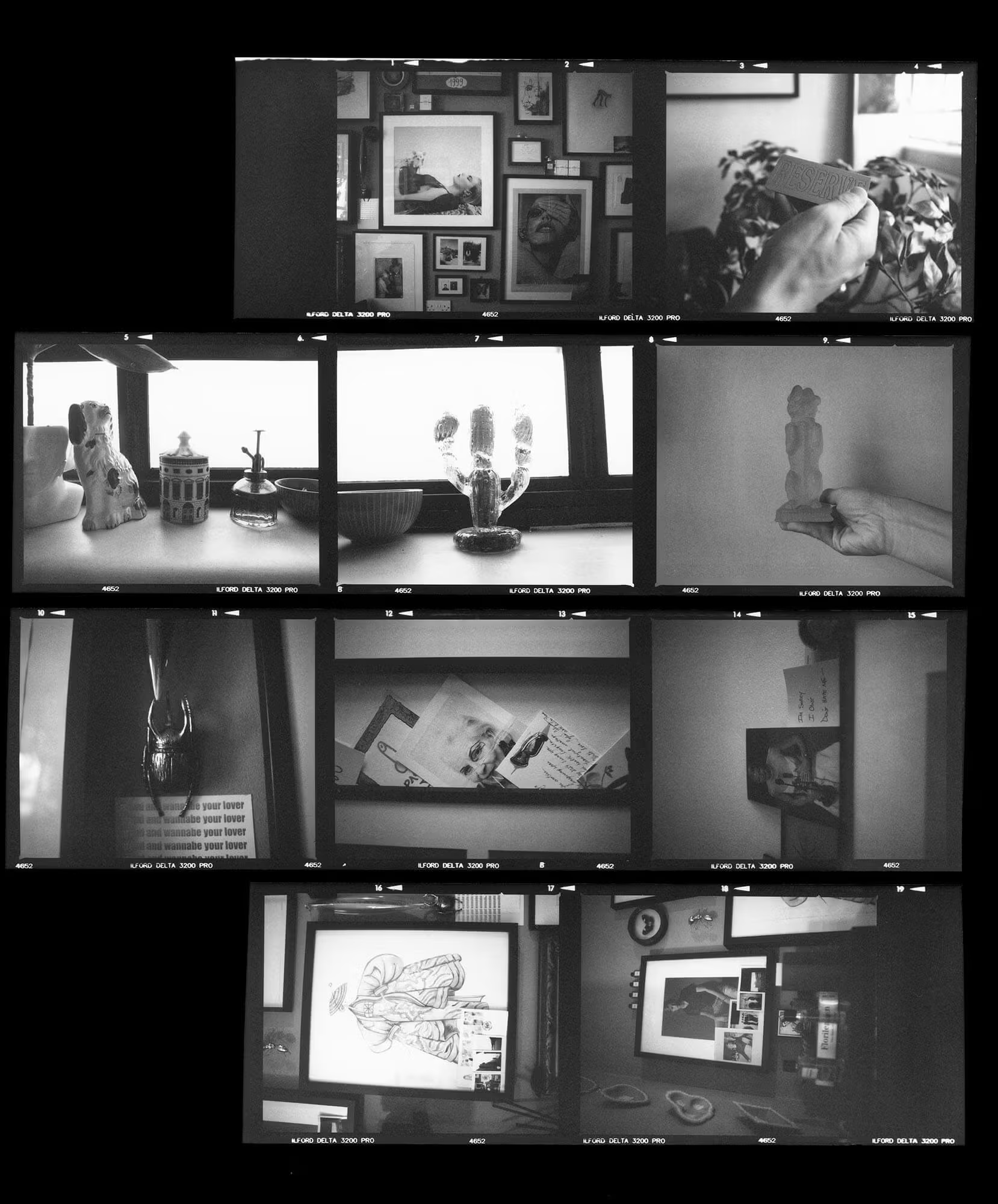
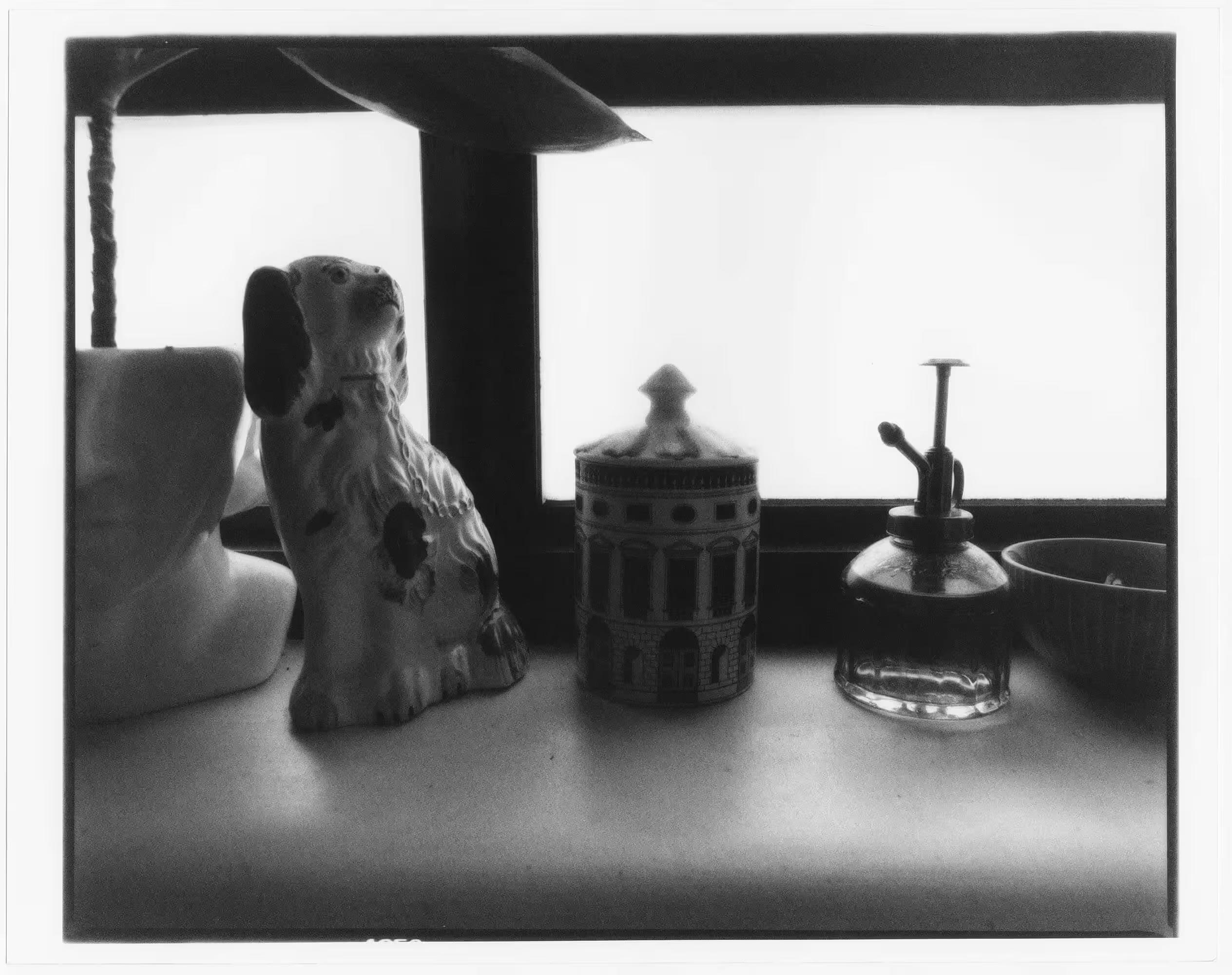
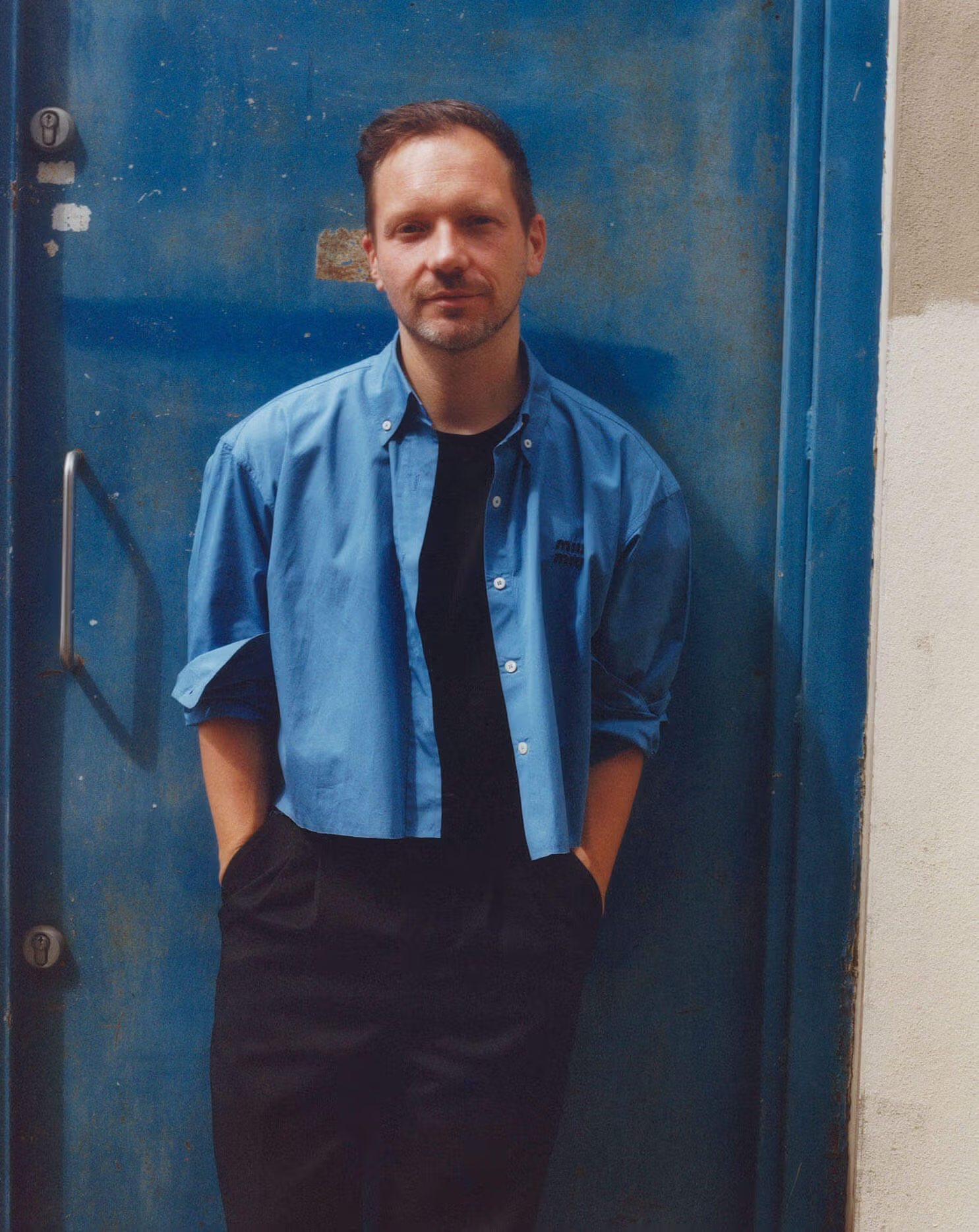
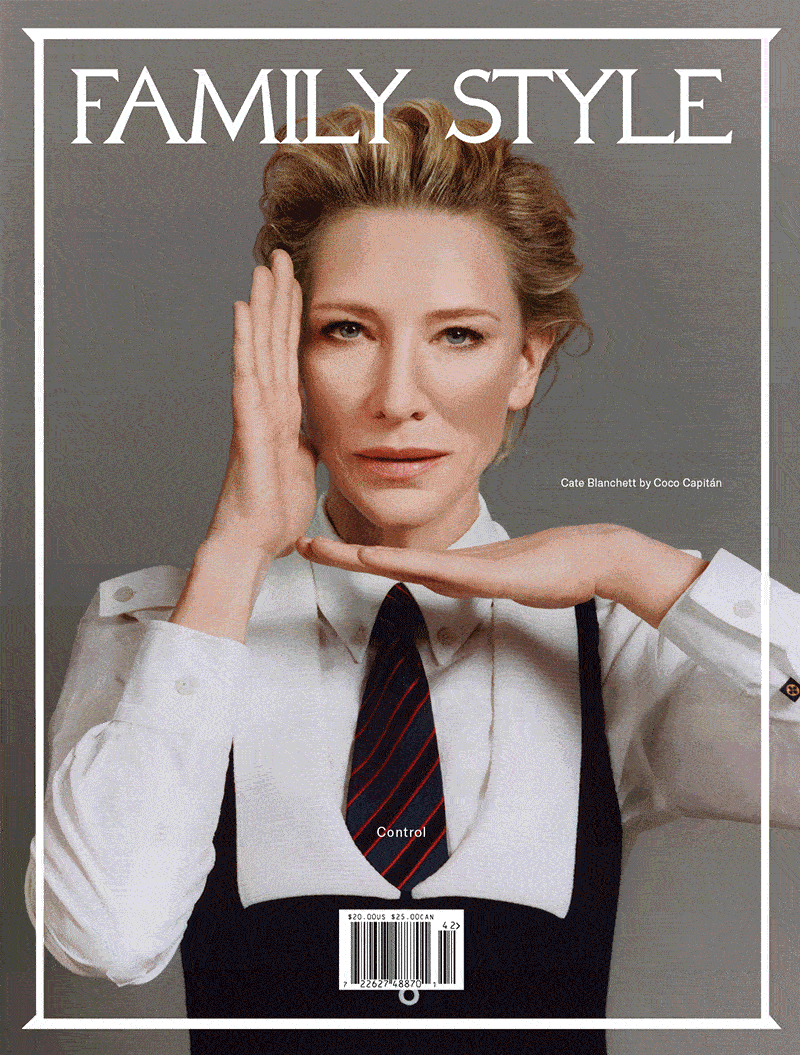


.avif)

